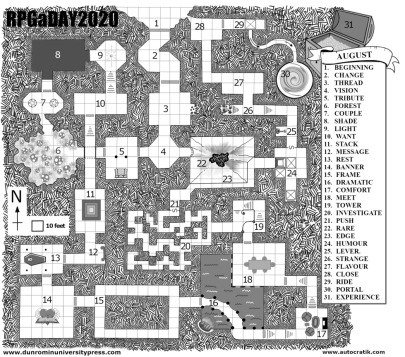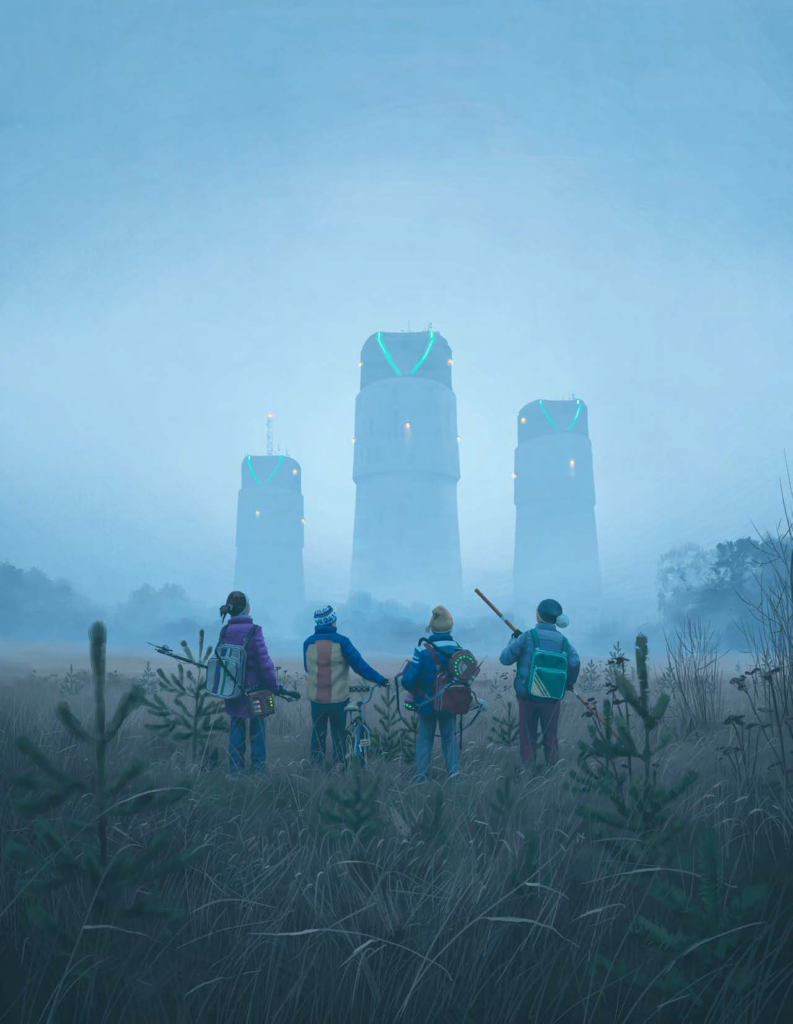
This week I am writing up my solo rules for Tales from the Loop. One of the dominant images associated with the game are the triple cooling towers of the Bona Reactor.
Those are the towers on the book cover, Chapter 01 cover image, Chapter 02 cover image, and again in Chapter 03.
They serve as an important landmark for characters as they are the highest point for kilometers around and brightly lit up.
And that is just the images, the cooling towers feature heavily in character creation and in the mysteries.

Mysteries are what Tales from the Loop are all about. Mysteries require investigating and investigations require locations.
When we think of world building and game settings GMs and writers often get all wrapped up in who did what to who and when.
For players, it is the locations that are important. Hundreds of pages of lore often mean nothing and can be summaries into a sentence or two.
Locations, on the other hand are rammed full of critical information and consequences. At a top level, all locations belong to someone, that someone could be a god if the location is a temple or sacred site, it could be an earthly ruler. They could belong to an entire species in the case of elven forests or dwarven hills. In Tales you are dealing with government installations and everything that comes with them.
As you drill down location remain as information-packed at every level. Knowing the length or height of the great hall is vital if you want the fireball to go off, just as it is if your flashlight beam doesn’t show the far end.
When you right down to the tactical, the tiniest detail can make all the difference. You can duck behind something or you can’t, and that is an important distinction.
Locations vs Scenes
I instinctively like to write in scenes. I think in scenes. Scenes are often location independent. If you want characters to meet a particular NPC and learn a clue, the meeting is a scene and that scene can happen in any place where the NPC could logically be.
I like that aspect where the scenes can be wrapped around the characters actions.
Tales is driven by locations. It doesn’t matter in what order you visit these locations, or even if you don’t visit one at all. It is this flexibility in the mystery design that stops them from becoming railroads.
This is one of the things that I am finding interesting and educational about working with this game.
I am sure that Tales will come up again and again in this weeks #RPGaDAY posts.